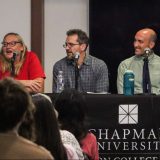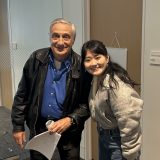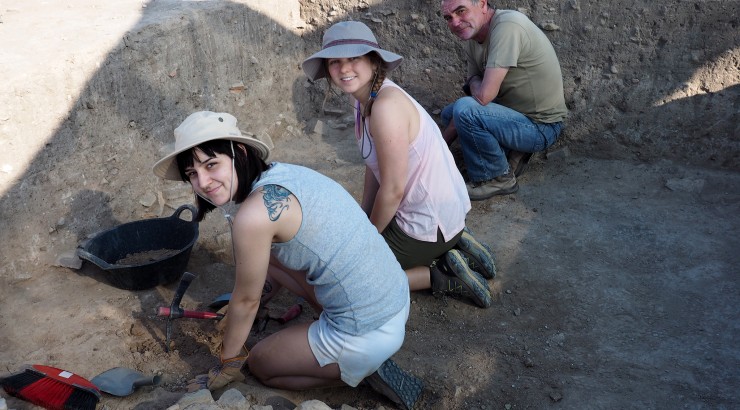
“Is this a rock?”
July 21, 2015
This past April, Associate professor of art history and archaeology Justin St. P. Walsh received a grant from the Loeb Classical Library Foundation at Harvard University to fund his fieldwork in Spain this summer.
The money paid for travel, a new computer, as well as hiring two Spanish archaeologists and five Chapman students to work as volunteers.
The students had the opportunity to do all of the different kinds of tasks associated with an excavation: digging, sifting soil for artifacts, recording data on forms, categorizing artifacts in the museum, and surveying the excavation.
Below is a story from one of those Chapman students, Clarissa Hampton (’16 Art History Major), describing her time here at Cástulo this summer
“Is this a rock?”
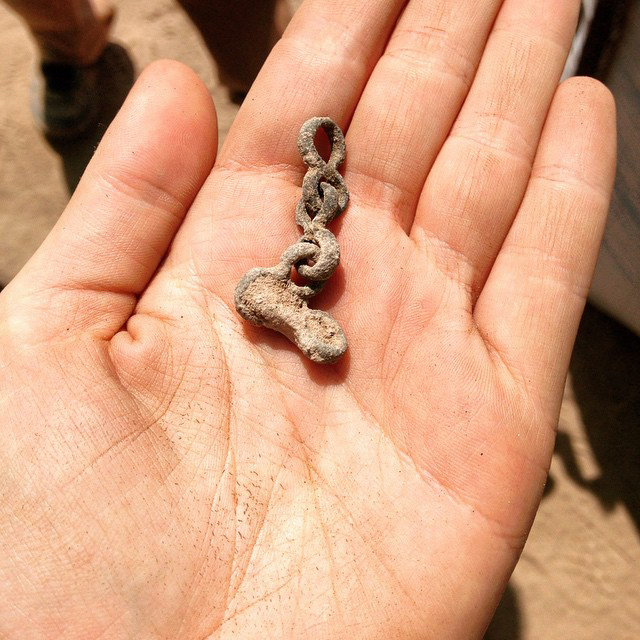
You know those priceless ancient vases the Getty displays behind thick glass in climate-controlled rooms under soft lighting? I’ve touched them. Not those specifically, but in Cástulo I encountered hundreds of fragments of Roman and Iberian pottery while digging in trenches and sifting buckets of earth. On my second day there I found a 1500-year-old metal chain-link which one excavator described as “very cool.” But let me be clear, archaeology is not glamorous. At Cástulo we are unearthing centuries of inhabitation, digging meters deep into the ground to find artifacts from preceding civilizations. Artifacts don’t often appear intact, carefully placed by the former owners to be found and analyzed centuries later. Over the course of four weeks, I spent hours asking more trained eyes, “Is this pottery or is it just a rock?”
They’re searching for anything humanmade; glass, coins, stucco, architecture, metal slag, and ceramic sherds are the most common finds. Of these, I had the most experience handling ceramics. The sherds not deemed rocks are bagged and labeled before being sent to a storehouse where they await being washed. After being cleaned, the bags of ceramics are then transported to the local museum where archaeologists, conservators, and a team of volunteers collaborate to categorize and ascribe identities to every sherd. If we’re lucky we find similar-looking sherds from an area and conservators are able to reassemble the original artifact. This is rare and there is a storeroom below the museum full of miscellaneous fragmented ceramics.
Archaeologists rely on the restored artifacts- as well as any architecture discovered in the trenches — to draw conclusions about the daily lives
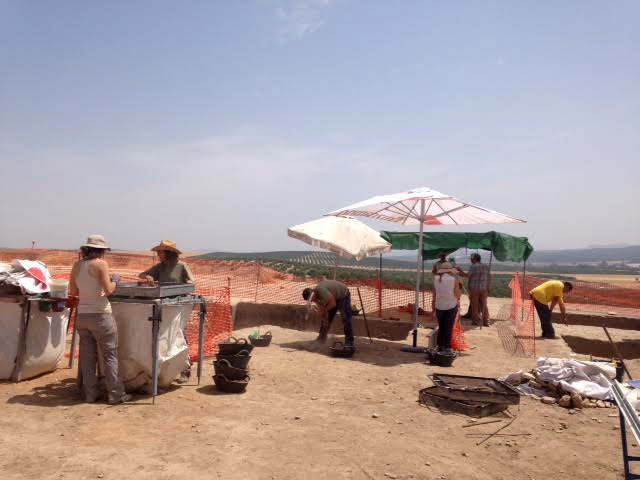
of the inhabitants. For me, a lover of Postmodern theory and all things contemporary, the conflation of art, history, and science was somewhat novel. How can beautiful ancient vases be recorded as scientific data and does that ruin the practice of looking that art historians worship? It wasn’t until I returned home, washed my hair a few dozen times, and finally removed all the dirt under my fingernails that I was able to understand what I had been doing in Spain all along — I had been looking. Centuries later, I was looking and trying to understand the historicity, as a Postmodernist might say, of these objects. Aside from trading aesthetic for utility, the questions archaeologists ask are largely the same: Why this media? Why here? What is the significance of this shape? Of this image?
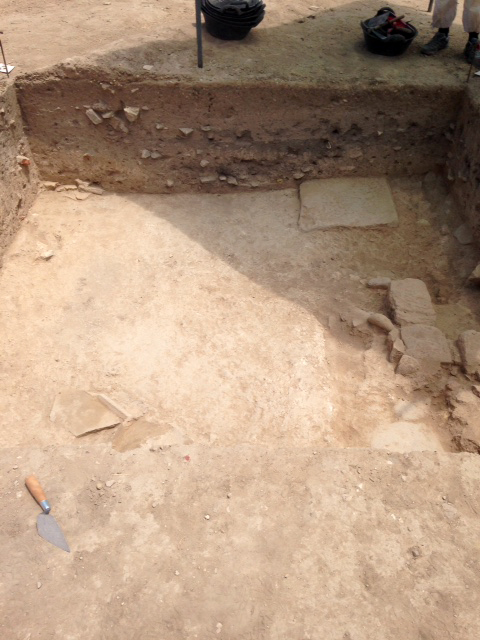
I can’t say that I’ve fully converted- to me archaeology might always be the nerdy cousin of art history (as if art history isn’t totally nerdy too) — but since working at Cástulo, I’ve reconsidered the questions I ask when I see a work. While it hasn’t entirely reframed my perspective, my way of looking, I will say it shifted it from its center. After all, centuries from now, archaeologists with dirt caked under their nails and terrible tan lines will be unearthing our art and miscellaneous objects and asking the same questions, starting with, “Is this a rock?”
